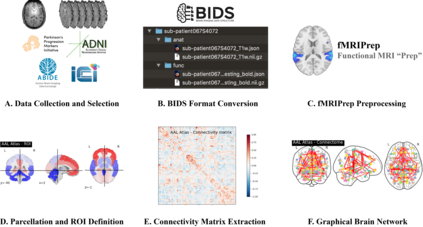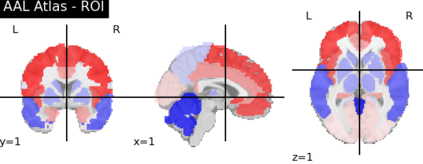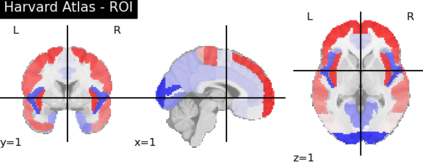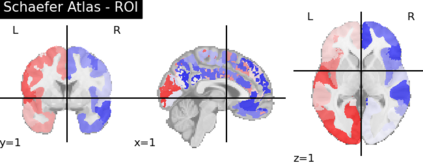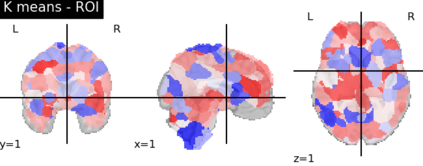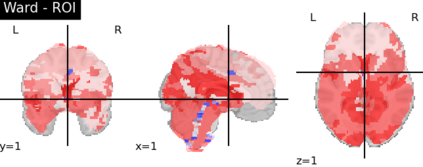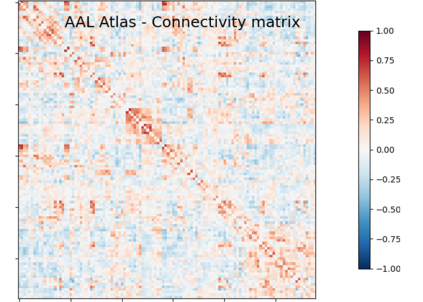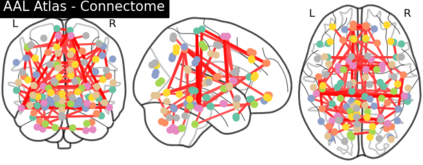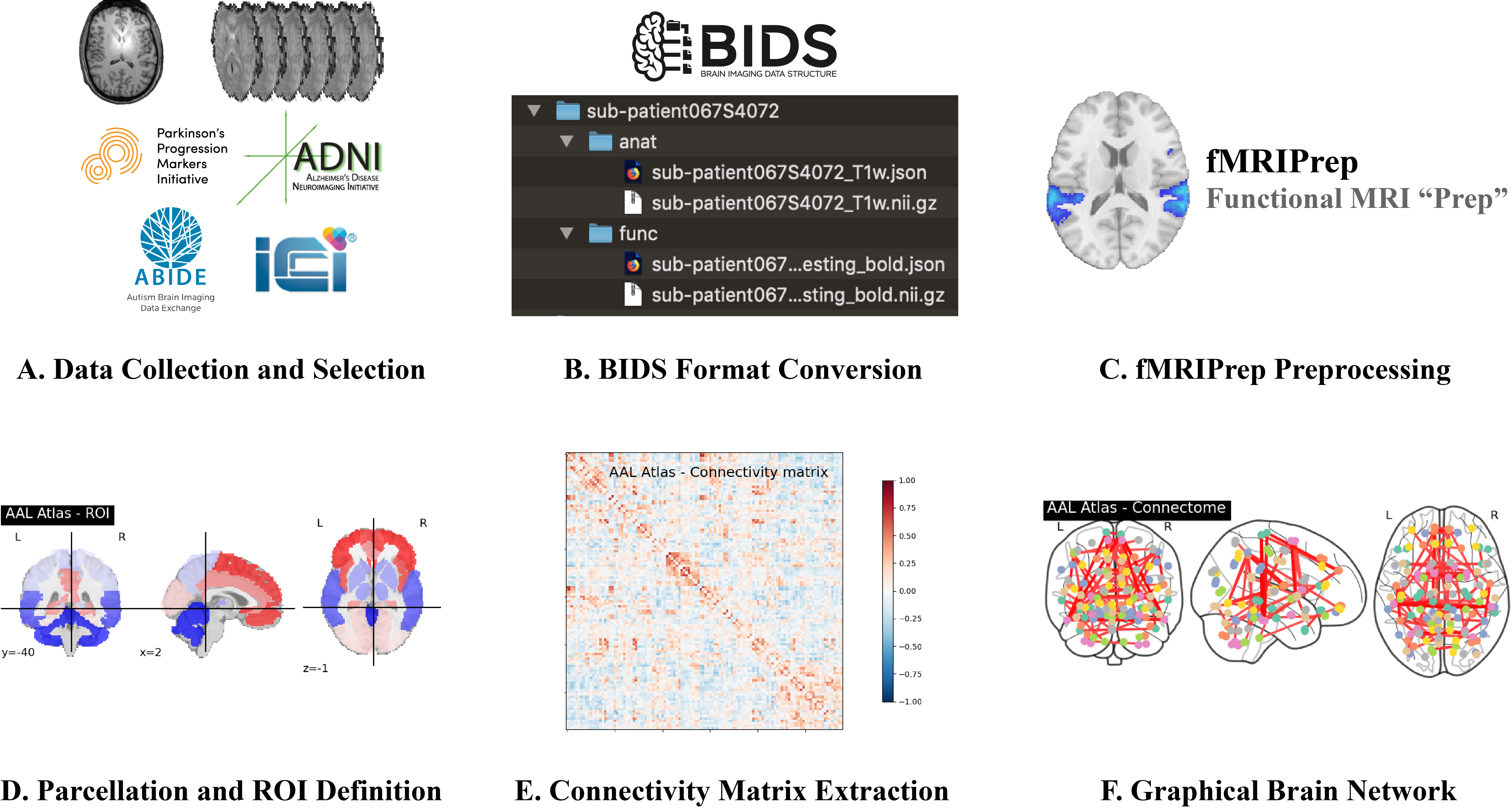This paper presents a comprehensive and quality collection of functional human brain network data for potential research in the intersection of neuroscience, machine learning, and graph analytics. Anatomical and functional MRI images of the brain have been used to understand the functional connectivity of the human brain and are particularly important in identifying underlying neurodegenerative conditions such as Alzheimer's, Parkinson's, and Autism. Recently, the study of the brain in the form of brain networks using machine learning and graph analytics has become increasingly popular, especially to predict the early onset of these conditions. A brain network, represented as a graph, retains richer structural and positional information that traditional examination methods are unable to capture. However, the lack of brain network data transformed from functional MRI images prevents researchers from data-driven explorations. One of the main difficulties lies in the complicated domain-specific preprocessing steps and the exhaustive computation required to convert data from MRI images into brain networks. We bridge this gap by collecting a large amount of available MRI images from existing studies, working with domain experts to make sensible design choices, and preprocessing the MRI images to produce a collection of brain network datasets. The datasets originate from 5 different sources, cover 3 neurodegenerative conditions, and consist of a total of 2,642 subjects. We test our graph datasets on 5 machine learning models commonly used in neuroscience and on a recent graph-based analysis model to validate the data quality and to provide domain baselines. To lower the barrier to entry and promote the research in this interdisciplinary field, we release our brain network data https://doi.org/10.17608/k6.auckland.21397377 and complete preprocessing details including codes.
翻译:本文全面、高质量地收集了人类大脑网络功能数据,以便在神经科学、机器学习和图解分析的交汇处进行潜在研究。大脑的解剖和功能性MRI图像已被用于了解人类大脑的功能连接,对于确定神经退化的基本条件,例如阿尔茨海默、帕金森和自闭症等,尤其重要。最近,利用机器学习和图形分析器对大脑网络形式的大脑进行的研究越来越受欢迎,特别是为了预测这些条件的早期发端。以图表形式呈现的大脑网络保留了传统检查方法无法捕捉的更丰富的结构和定位的大脑域域信息。然而,缺乏功能性MRI图像转化的大脑网络数据使研究人员无法从数据驱动的探索中获取。主要困难之一是复杂的具体领域预处理步骤和将MRI图像转换成大脑网络所需的详尽计算。 21 我们通过从现有研究中收集大量可用的MRI图像来弥补这一差距,与域专家合作,做出合理的设计选择,并预处理MRI图像,从MRI图像到数据网络的完整数据源、5号数据库的收集。

